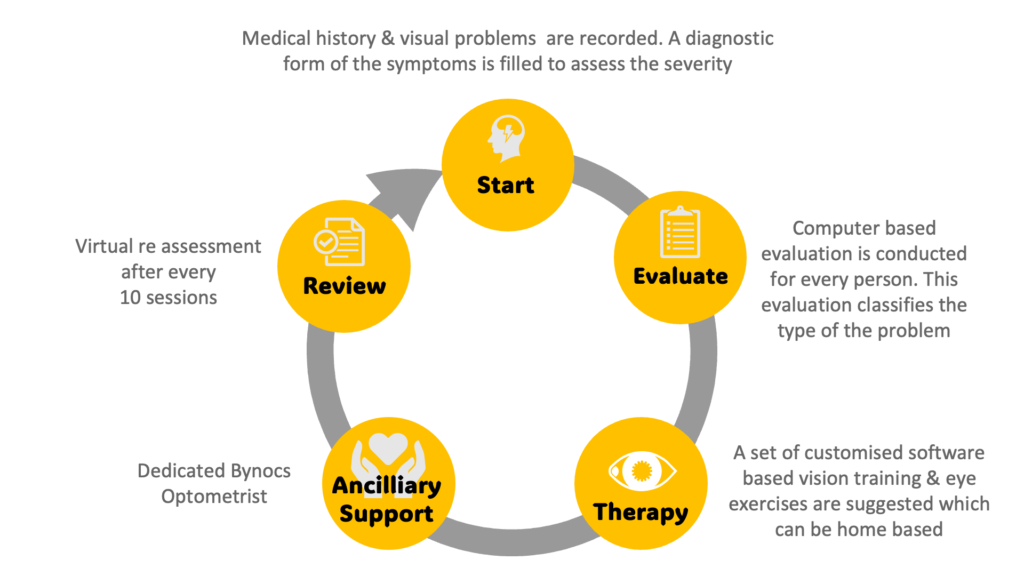AMBLYOPIA IN KIDS
In fact, many children with amblyopia may have many
underlying binocular vision impairment and learning disabilities.
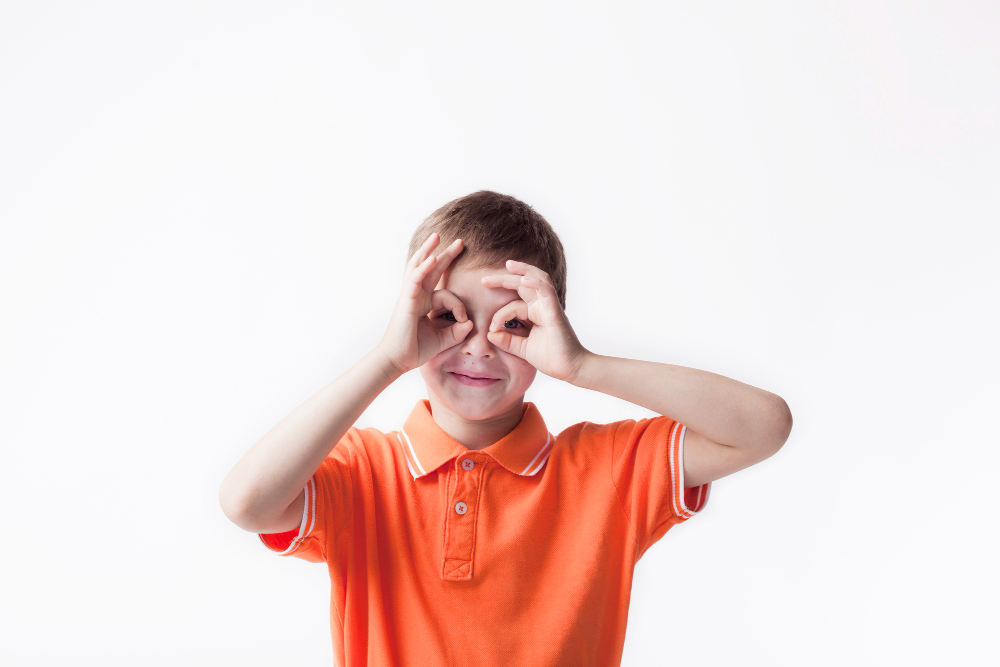
Overview
Lazy eye or Amblyopia in kids is a neuro-developmental disorder that typically manifests before the age of 8.
The child experiences reduced vision in one or both of the eyes as binocular vision is hindered. As a result, he develops lazy eye that cannot be corrected only with spectacle lenses.
About 4% of children globally are affected by lazy eyes. In fact, many children who are labelled as having learning disabilities have underlying binocular vision impairment. They have difficulty comprehending, copying from the board or screen, and slow eye-to-hand coordination. Detecting and solving the underlying problem is the only way to improve their academic performance.
What causes Amblyopia in kids?
The human brain interprets overlapping images coming from both eyes into one clear picture. But if both the eyes aren’t perfectly aligned or have different spectacle numbers, the images coming from them do not synchronize, and the brain confuses about processing the images or inputs. In response, the brain suppresses the poor quality image leading to Suppression. Suppression essentially means that the brain ignores the visual signals provided by one eye, typically the weaker eye. This is the primary cause of Amblyopia in kids and adults.
However, there are various disorders that can trigger Amblyopia in young kids, which include:
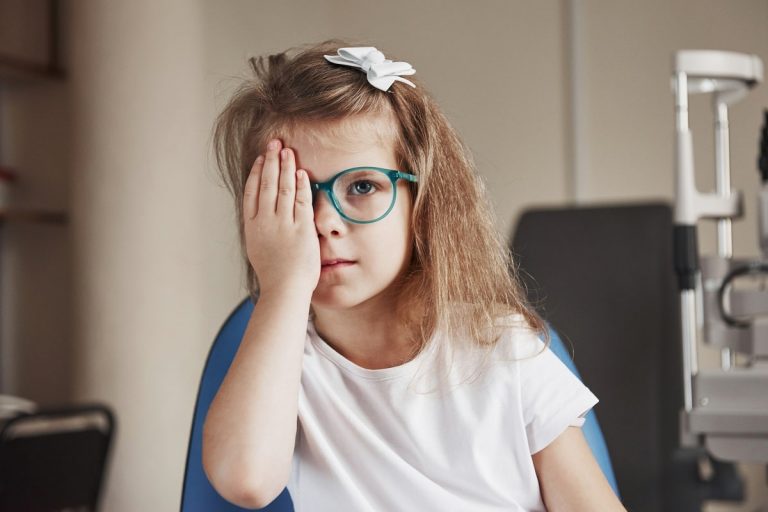
Misalignment in eyes due to muscle imbalance
Different spectacle numbers in both eyes leading to distortion in the quality of images coming from both eyes
Congenital cataracts
Clouding of the lens in an infant
Excussive Level
Excessive levels of untreated myopia (nearsightedness) or hypermetropia (farsightedness) in both eyes
What are the symptoms of Amblyopia in kids?
The following are the most typical signs and symptoms of a lazy eye:
- Squint
- Headaches or fatigue
- Squeezing one eye (particularly in bright sunlight)
- Child complaining about poor depth perception and peripheral vision
- Not able to see far objects clearly
- Eye turning in, out, or up
- Difficulty in focusing on objects
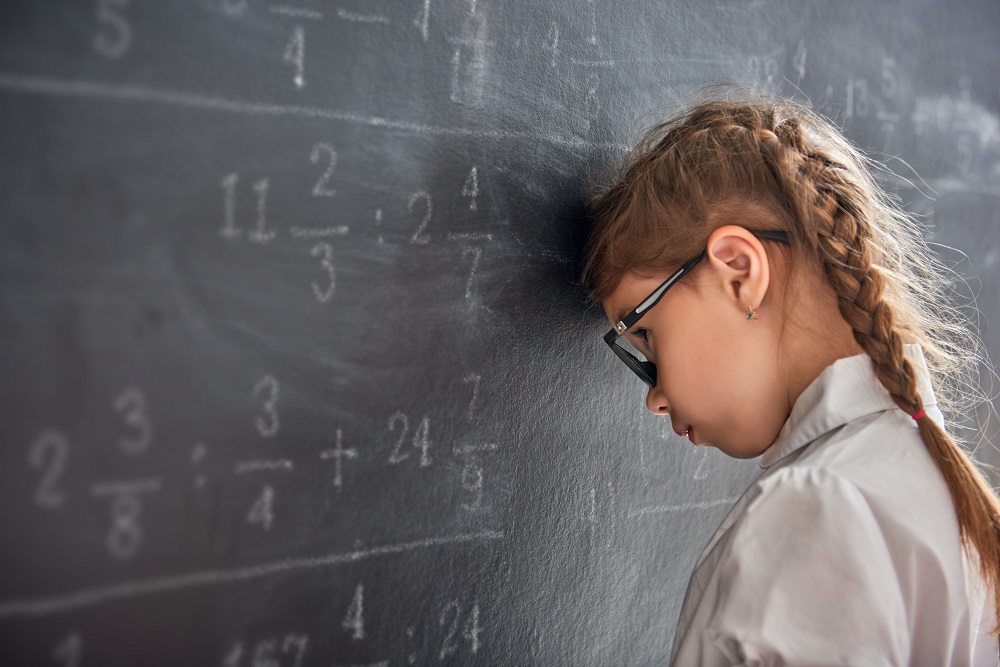
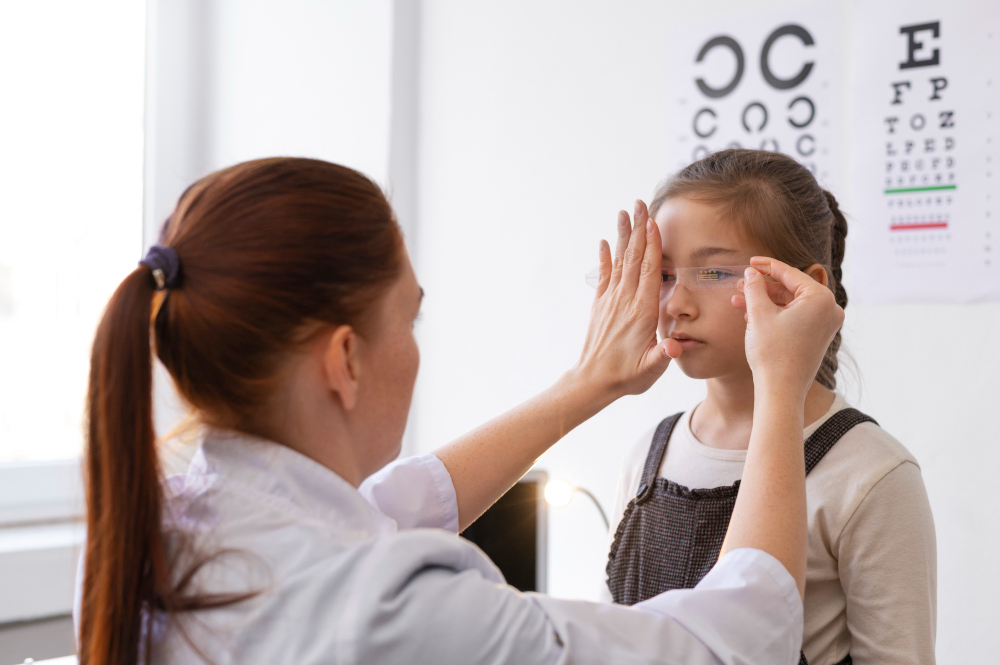
Amblyopia treatment in kids
If left untreated, a lazy eye may worsen and lead to permanent visual impairment. Therefore, treatment aims to improve vision in the lazy eye as early as possible and thereby optimize binocular vision.
But traditional approaches like eye patching or eye drops usually have an incidence of recurrence and can also take years for effective optimal results. Surgery for Amblyopia is only suggested if the child has a cataract or strabismus along with Amblyopia.
Our Bynocs AmblyGo Therapy is a new age revolutionary technology that proves to be the ultimate treatment for Amblyopia in kids.
AmblyGo software for lazy eye treatment
Bynocs is based on dichoptic vision therapy in which both the eyes are made to view contrast-adjusted images to improve eye coordination. The idea behind this digital treatment is that it trains the brain to perceive the suppressed inputs from the lazy eye and eventually leads to a balanced unanimous binocular vision.
So treat your kid’s Lazy Eye condition with the latest innovative Amblyopia therapy software in 3 Easy Steps:
Registration
Register your kid for an online eligibility test. To do so, you have to fill out an online form available on the website.
Diagnosis
If eligible, our team helps you contact the nearest Bynocs clinic for your kid’s complete eye evaluation and treatment planning.
Treatment
Take personal sessions of the AmblyGo program with your eye care practitioner either at the clinic or online from home for 30 mins a day for about 6 weeks.
How it works
- The optometrist takes a full history and does a comprehensive eye exam.
- If the child is eligible, individual treatment sessions are planned under the guidance of an ophthalmologist and the suitability of parents and the kid.
- Using a gaming interface and appropriate glasses, Bynocs software enables the brain to accept the visuals from the lazy eye more prominently. The visual regions of the brain are the focus of this eye therapy.
- Kids like the sessions because of the dynamic gaming interface.
- Each session of AmblyGo therapy lasts for 30 minutes, and it is advised to attend five days a week.
How to prepare for home-based treatment
Laptop for video calls
Stable internet connection
Specialised Bynocs 3D glasses
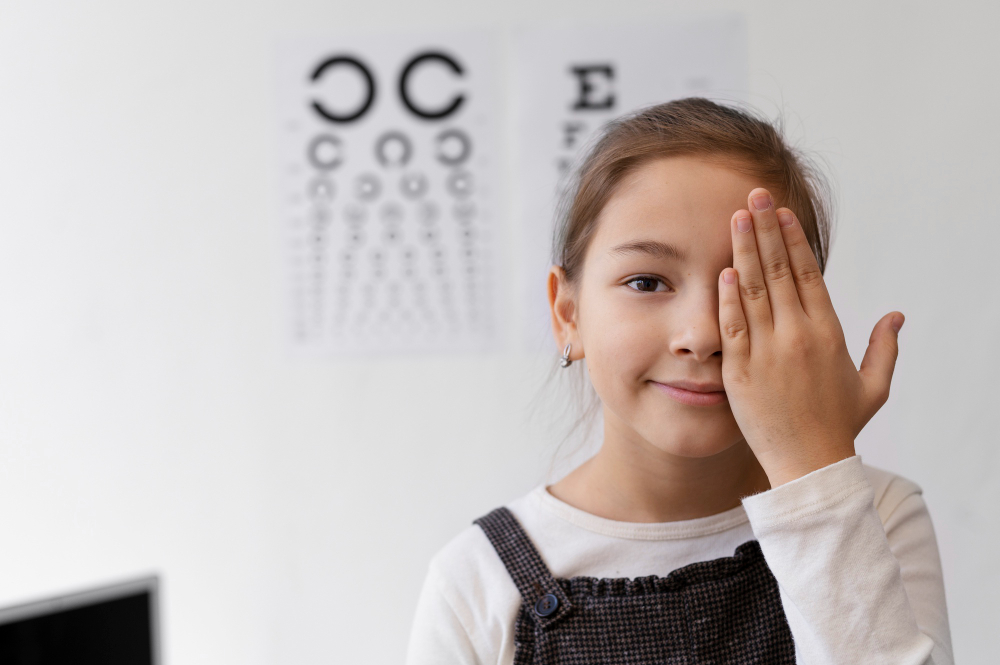
Why choose Bynocs for Amblyopia treatment in kids?
Amblyopia (Lazy Eye) Treatment
Bynocs Process
